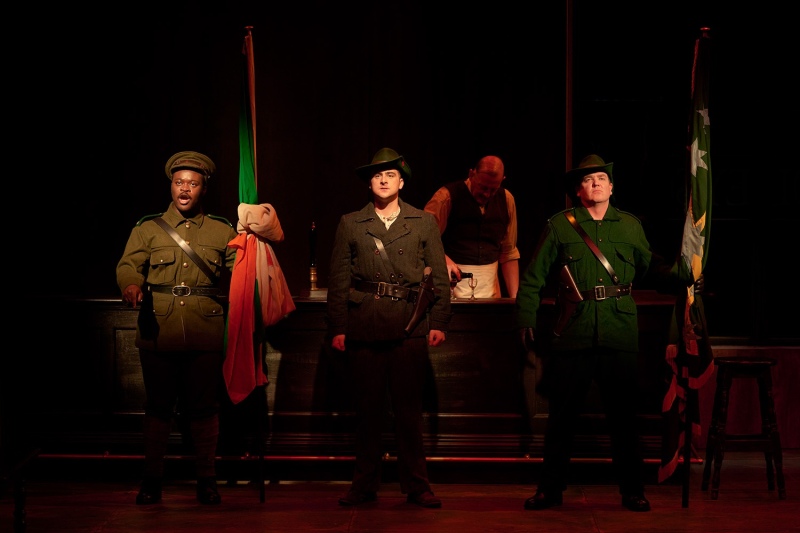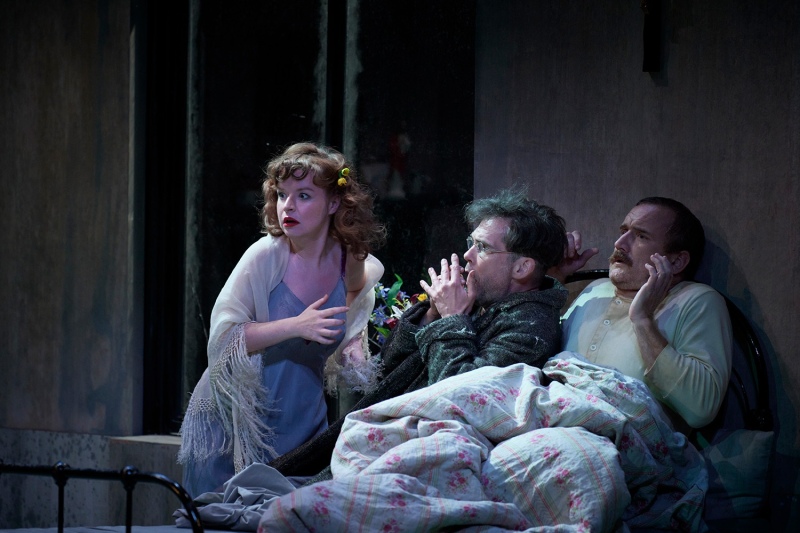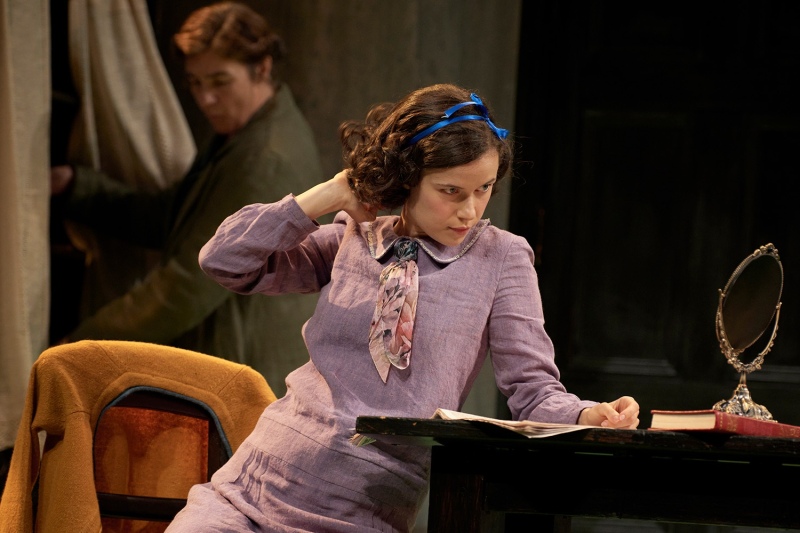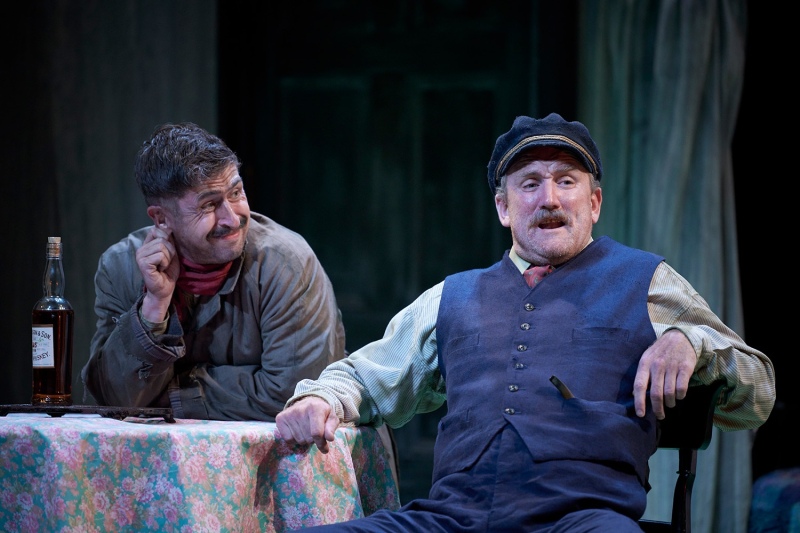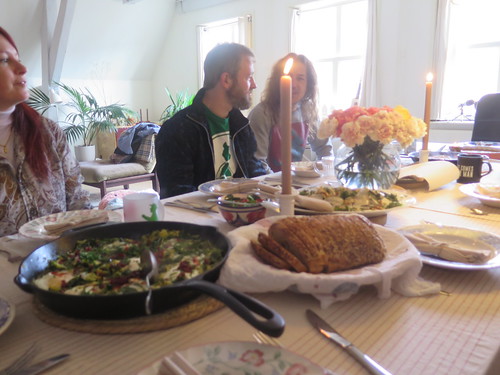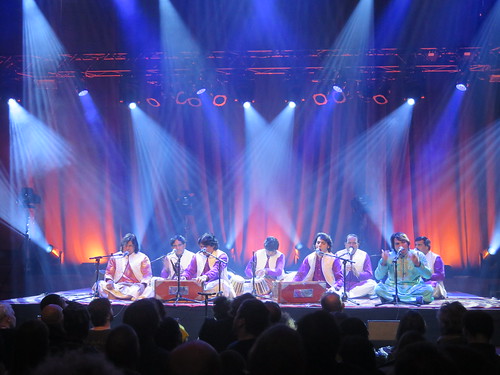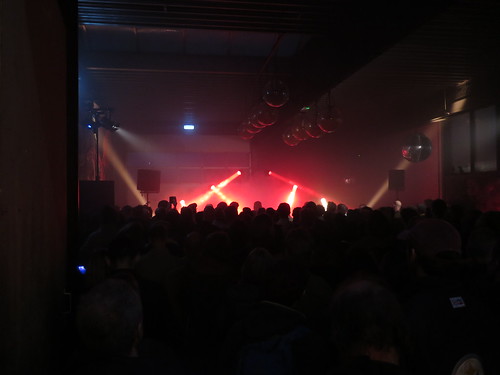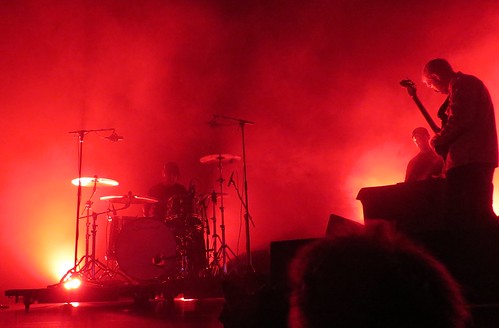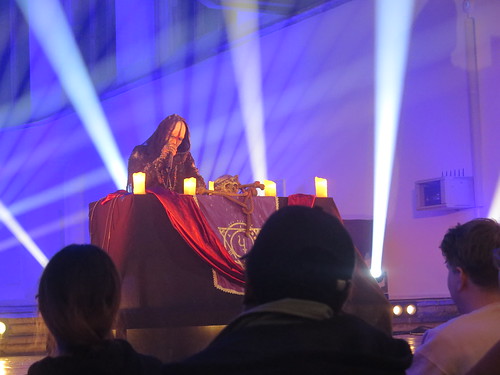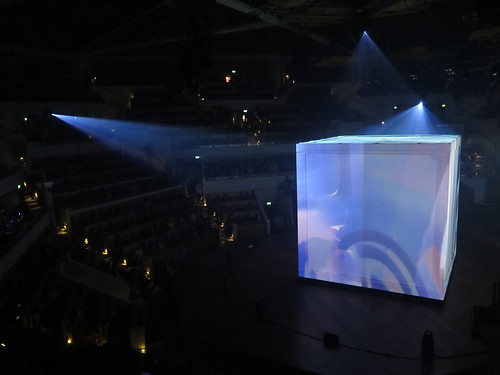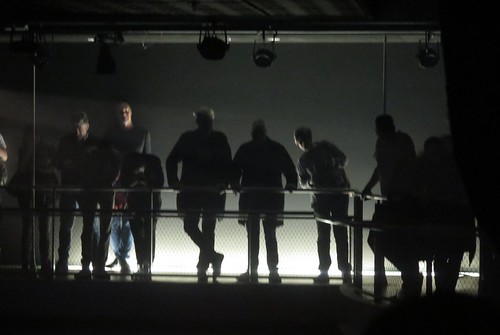
This is a score for a piece of music that my gamelan class has been learning. I am going to use it to explain some Javanese gamelan concepts. The typed bits of the score are what was given to me. The handwritten bits are my own notes.
One initial point: writing down gamelan scores is a relatively recent phenomenon. For a long time gamelan players would just learn pieces off and play them from memory. I am not sure whether gamelan notation was invented by western ethnomusicologists or by gamelan players themselves in reaction to western musical notation. Either way, there are apparently people who grumble that gamelan notation is ossifying the tradition and that everyone should go back to just remembering things.
The top line on the page gives the title of the piece (Serayu), but it also tells us something about it. It is a lancaran, a particular type of gamelan piece with its own rules. The "pl." is an abbreviation for pelog, one of the two gamelan scales. I think the 6 refers to pathet, which is a more advanced concept relating to which notes are emphasised in a piece (pathet is the kind of thing that excites ethnomusicologists but I don't think people trying to play gamelan at my level need worry too much about it).
Then the piece itself. The first bit is the bukå (pronounced buko), which is an introduction played on a set of bonangs. These are bonangs:

The rest of the score shows what are played on the balungan instruments, with the markings on the numbers indicating when some of the other instruments play. Balungan means skeleton in Javanese. The balungan line of a gamelan piece kind of corresponds to the melody line in a piece of western music, but only kind of. There are a number of different balungan instruments which vary mainly by size, but in broad outline they all look kind of the same. These are balungan instruments:

Note they all have seven bars. The pelog scale has seven notes, running from 1 to 7. The other gamelan scale is called slendro, and it has a five note scale (1, 2, 3, 5, 6), but slendro balungan instruments still have seven bars because there is a low 6 before the 1 and a high 1 above the 6 (i.e. the scale runs like this: -6, 1, 2, 3, 5, 6, +1). Neither of the slendro or pelog scales directly map onto western scales, which makes arranging western pieces for gamelan a bit of a challenge.
So back to the score. Once the bukå is completed, the musicians play through the main body of the piece. When they reach the end they start at the beginning (skipping the bukå) and play through it again. And so on: gamelan is cyclical. In Java a couple of things might jazz this up a bit: there could be dancers, vocalists, or a shadow puppet play, or the variations might be introduced into the music. Other musicians might come in on what are called the soft instruments (notably a flute and some class of stringed instrument). But at a basic level you just keep cycling through the piece until signalled to stop.
The whole piece is the lancaran. It is subdivided into lines (if there is a Javanese word for these no one has told it to me) and the lines are subdivided into gatras (pronounced more like gotras). Each pair of notes is a gatra, but note the full stops as well. They are rests between the balungan notes when other instruments might play something (or might not). Each gatra should be thought of as comprising four notes, even if the balungan is only playing two of these.
The marks on the numbers indicate when what are called the structural instruments play. The circle on the last 1 in the piece indicates that the big gong plays here. The marks underneath the last note of each line indicate that a smaller gong will play here. When you are learning to play gamelan you do a lot of listening out for these gongs as they are your guide to where you are in the piece, especially handy if you have got lost (problems ensue if the gong player has also got lost).
The little u things on top of the notes indicate that a kempul is played on this note. The kempuls are a set of hanging gongs smaller than the ones played at the end of the piece and at the end of each line. The little hats on the other hand show us that a kenong note is played. Here are a set of slendro and pelog kenongs:

There are other instruments and when they play is not indicated in the score. The assumption is that the people playing these will know when to play. The ketuk plays on the rests of the balungan line. It is like a small kenong and is played to make a dull knocking sound. There are two sets of bonangs, which play at different pitches, and one plays on the balungan off-beats while the other plays three repeating notes in each gatra to a rhythm something like a reverse of the "Lazy Line Painter Jane" handclap. And there is a thing called a pekin, which looks like a small balungan instrument, and which has an accelerated version of the balungan line played on it.
But one big thing to bear in mind: the bonang players will know when they are meant to play and the marks on the score indicate when the kempuls and kenongs are played, but the score does not say what is played on these instruments. And here we get to the concept of garap.
Garap means interpretation or something like that. From the basic score the players of the structural instruments and bonangs etc. have to garap their parts and work out what they are going to play. This isn't made up on the fly and isn't something individual musicians can decide on their own. Gamelan isn't improv. The musicians all need to garap their parts together to stop the performance sounding like a dog's dinner; in practise a gamelan group's director will probably do this or at least guide the discussion to an outcome. Garap is subject to rules, but the rules are flexible. Two gamelan ensembles could play an identically scored piece in radically different ways.
So, how can you garap your part? For brevity I am going to focus on the kenong, partly because it is the instrument I am learning for this piece. One concept that is important in gamelan is seleh. The seleh note is the last note of a piece of music or of a subunit within it. The circled 1 on the last line of the score is the seleh note of the whole piece. The last note of each line is the line's seleh. The last note of each gatra is its seleh. And sometimes we split lines into two which means that the last note of the line's second gatra becomes the seleh note of that half-line. Javanese gamelan is end-weighted, which makes the seleh note very important. When you see a Javanese piece performed, the first note played after the bukå will actually be the final note of the piece. So Serayu will actually begin with the big gong being struck as the balungan players all hit a 1.
In gamelan there is no concept of harmony. The other instruments do not garap their parts so that what they play will create chords with what the balungan players are playing. Instead they play an approaching seleh note to indicate where the balungan line is going. Garap involves deciding which seleh note to indicate. It would be completely legitimate but perhaps a bit boring for me as the kenong player to play nothing but 1s all the way through the piece, as that is its final seleh note. Or I could play the last note of each line. Or the last line of each gatra. However, if you have looked at my handwritten notes you might have already guessed which way I am going on this: I've picked the midpoints and endpoints of each line as the seleh note I am aiming for. So, on the first line the balungan players will play a 5 and a 6, and their 6 will coincide with me playing a 3 on the kenong as though I am saying, "Hey everybody we are heading towards the 3" and then on the second gatra the balungan instruments play 5 and 3 and their second note lines up with me also playing a 3, bringing a resolution.
It interests me that gamelan decides what notes to play based on rules rather than whether notes will sound pleasing in combination. It is obviously not the same but it reminds me of serialism (the early 20th century classical music thing where Schoenberg and his disciples decided that no note could be played again until all the other notes had also been played): there is a similar kind of prioritising of process over sound. But there is a significant difference in that serialism turned out to be a blind alley and is now looked back on as a strange and now concluded musical episode that produced very little music anyone actually enjoys listening to whereas Javanese gamelan is a centuries old and still vibrant tradition.
One final thing… the handwritten notes at the bottom of the page are there to remind me of the kenong layout. For some reason these are ordered 3, 5, 6, 7, 1, 2, with the 1 and 2 being high versions of the notes. And there is no 4, even though the pelog scale includes that note. One thing I have noticed is that there seems to be a sense that there is something not quite right about the 4 note. It tends not to feature in pieces written for the pelog scale and Serayu may be the first Javanese piece I have seen with a 4 in the balungan line.
There you go. You now know everything about Javanese gamelan. If you want to here us performing Serayu, join us in the National Concert Hall studio on the 28th of May for a free-but-ticketed concert; tickets will be available at some point from the NCH website. In the meantime, here are some other people playing it:
And here is a picture of the Sultan Hamengkubawana X of Yogyakarta, who gifted our gamelan set to the National Concert Hall:

image sources:
Bonangs (Wikipedia: "Bonang")
Balungan instruments (Wikipedia: "Saron")
Kenongs (Wikipedia: "Gamelan")
Sultan Hamengkubuwono X of Yogyakarta (Wikipedia)










